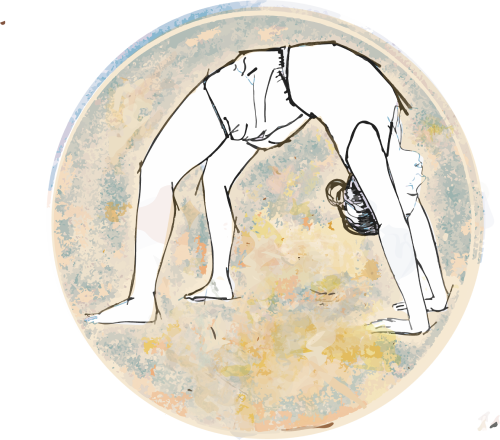This is our repository of work-in-progress useful resources.
These resources are not confined to Iyengar Yoga, or to the practice of asanas. They are a reflection of our personal interests, which come out of a practice of yoga.
Mr. Iyengar left behind a wealth of material to further the study of yoga. A brief selection of books written by him can be found here
In addition, there is now abundance of material available for the curious and the enthusiastic practitioner.
Invocation to Sage Patanjali
We say this invocation at the beginning of the class. Includes english transliteration, meaning, and a commentary by Geetaji on the significance of the invocation.
Books
Mr. Iyengar was a prolific writer. Without the privilege of a formal education, he worked very hard at communicating his experiential knowledge into words. In his own words, sometimes it took him years to find the right words. His books are a perfect accompaniment to the practice of yoga, unfolding secrets magically as the reader’s own practice unfolds. Some books are:
Light on Yoga, B.K.S. Iyengar, 1956
Often called the Bible of yoga, this richly photographed book also has an extensive index of practice sequences and sequences for the treatment of almost all physical ailments at the end of the book. The first chapter can be read and re-read many times for a concise account of the most important concepts of yoga.. A must-have, all-purpose reference source for all practitioners.
Light on Life, B.K.S. Iyengar, 2006
Written when Shri BKS Iyengar was in his 80’s, this book is the compilation of a lifetime of wisdom. it is experiential knowledge extrapolated to the highest philosophy. The structure of the book follows the different aspects of that path (from Freedom Awaits, through The Physical Body, The Energy Body, The Mental Body, The Intellectual Body, The Divine Body to Living in Freedom) and provides a learning framework for yoga as well as an invaluable discourse on life. One of his most beautifully worded books, Light on Life also has autobiographical glimpses of Mr. Iyengar’s life.
Tree of Yoga, B.K.S. Iyengar, 2005
This is a book accessible to all. A compilation of lectures given by Mr. Iyengar, the book relates philosophical concepts directly and specifically to the practice of yoga. Like the Tree our lives are made up from many elements – all of which need our care. The book is broken into chapters that cover our responsibilities to ourselves and to the other people in our lives over the years as we mature from youth to old age.
Sparks of Divinity, The Teachings of B. K. S. Iyengar from 1959 to 1975, Noelle Perez-Christiaens, 1976
First published in a French-English bilingual edition in 1976, the material for this book was gathered and compiled by Noelle Perez-Christiaens from class notes and correspondence during the formative years of Iyengar’s international career. The entries cover the period from the late 1950s, when Iyengar was invited by Yehudi Menuhin to teach in Gstaad, Switzerland, to the year following the death of Mr. Iyengar’s wife and the opening of the Ramamani Iyengar Memorial Yoga Institute in Pune, India.
(excerpted from amazon.in)
Asanas in in Action – A Preliminary Course, Dr. Geeta Iyengar
This is a useful aid for beginners. All asanas taught in the beginners classes are covered with clear and detailed instructions and illustrations. Also contains an index of practice sequences at the end of the book from week1, to week28.
Yoga a Gem for Women, Dr. Geeta Iyengar
An essential resource – and not just for women.
Yoga Rahasya is a quarterly publication by the Ramamani Iyengar Memorial Yoga Institute. It is a great source for keeping in touch with the latest developments (yes, the practice is still evolving), and also for perspectives from students.
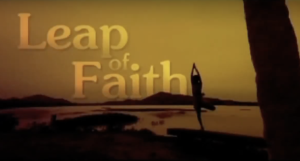
Leap of Faith
Released on Mr. Iyengar’s 90th birthday – A feature length film on the life of B.K.S. Iyengar, depicted his heroic struggle from poverty and failure to prosperity and success. His Leap of Faith will inspire you to embark on a journey that will change your life forever. This 72 minute film spans 9 decades of his life and over 70 years of his practices and teachings. It shows him as Guru, Teacher, Husband, Father and Shishya – a multifaceted personality. The story is narrated by internationally acclaimed actor Naseeruddin Shah, an Iyengar yoga student himself. The film contains extensive (and exclusive) footage of Guruji’s practices, teachings, interviews and daily life style.

Samadhi – BKS Iyengar
Beautiful video from 1977 of Mr Iyengar practicing and teaching. Scratchy but awe inspiring – especially from the 10th minute of Mr. Iyengar practicing with and instructing a small group of practitioners. Samadhi was made by the Film and Television Institute of India and won a Silver Lotus. Though original citations mention 22 mins., this video is only about 14 mins long.
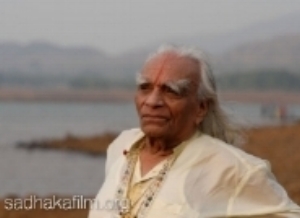
Iyengar: The Man, Yoga, and the Student’s Journey
This is a feature-length documentary film about Mr. B.K.S. Iyengar’s practice, life and influence. Made and guided by film makers who are also yoga practitioners, this is an inspiring film for all practitioners of the subject.
The film is available for download on itunes.

Addiction Recovery and Yoga
Feature documentary on how people, with serious addiction problems, have used yoga as part of their recovery in 12 step programs, to a new life of health and emotional stability.
Directed by Lindsey Clennell
runtime: 85 mins
watch it free at the following link:
http://www.adyo.org/
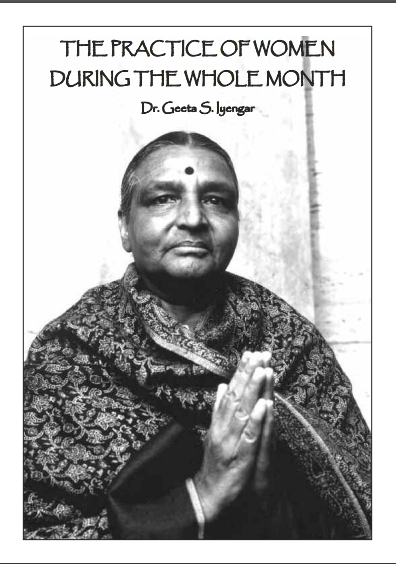
The Practice of Women During the Whole Month
lecture given by Dr Geeta S. Iyengar in Poland during her visit to Europe in 2002. Published by the Iyengar Yoga National Association of the United States (IYNAUS). With her usual generosity and care, Geetaji has edited and added to the lecture for its publication. Succinctly and clearly she explains how women should adjust their practice to the hormonal changes of the menstrual cycle. All teachers, men and women, and all female practitioners will find this an invaluable source of knowledge and wisdom which will enhance their practice and understanding of the marvellous and vast subject of Yoga
(the practice room conducts periodic workshops on adapting the practice of yoga to womens monthly hormonal cycle)
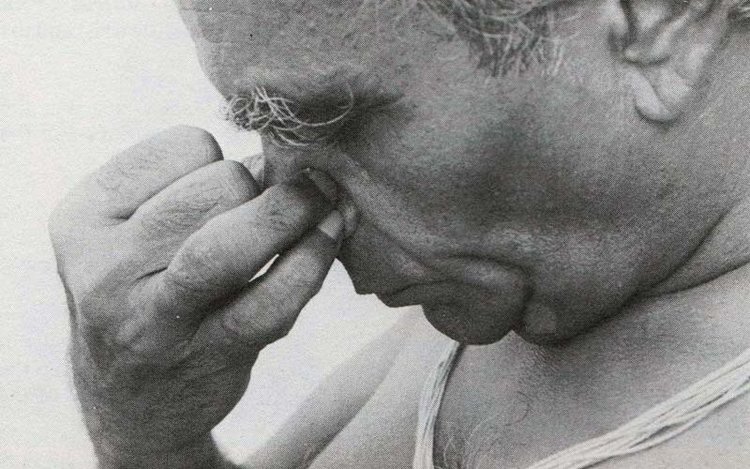
BKS Iyengar on Pranayama
As with asana, Mr Iyengar’s approach to pranayama was revolutionary – removing the veils of mystery and misinformation, and making this subject available to the average practitioner. Following the clear direction given by Patanjali in the yoga sutras, pranayama is introduced only once a level of proficiency is reached in the practice of asanas. Pranayama is introduced, gradually and safely, to be incorporated in the personal practice of the student in an intelligent manner.
Mr. Iyengar has left behind a wealth of information on pranayama, including the seminal book ‘Light on Pranayama’ – a must-have resource for anyone interested in unravelling the deeper and subtler workings of the breath.
We transcribed this brief 12 minute informal talk given by Guruji on pranayama because it explains the the profound subject with such matter of fact elegance.
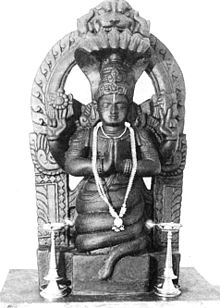
The 108 names of Patanjali
The most subtle of the five great elements (pancha mahabhuta) is ether (akasha). And sound (Sabda) is the subtle characteristic of ether.
The sanskrit language – passed on orally for centuries before being transcribed into written text – harnesses the power of sound. For us as students of yoga, it is important to get familiar with the sounds of sanskrit – it is the language in which Patanjali composed the yoga sutras. Even if the meanings of the words are not accessible to us, and we are working with translations of the text, being able to say the sutras out aloud has its own joy.
Here is an entry into exploring the sounds of sanskrit – through the 108 names of Patanjali – an endeavour worthy in itself.
The translation and transliteration are by Siddhartha Krishna, a practitioner of yoga, and a student of vedanta and sanskrit from a very young age.

